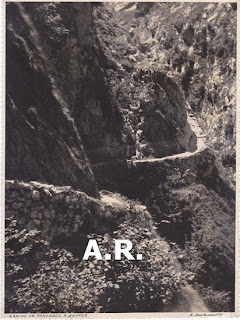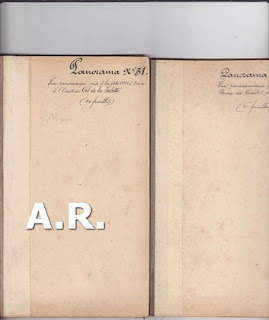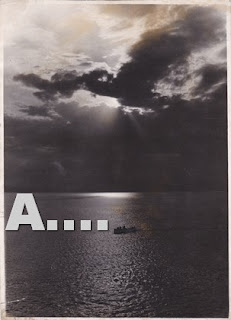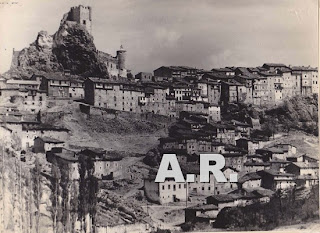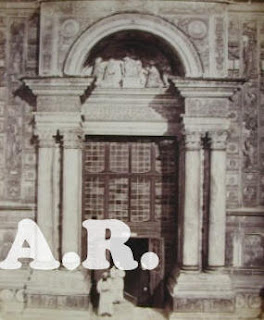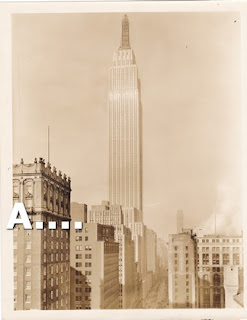Buscar este blog
Blog sobre fotografía antigua y sus fotógrafos. Blog about vintage photography and its photographers. De http://photocollection.alonsorobisco.es. 15 años. Más de 3000 posts. 1 persona.
Entradas
Mostrando entradas de julio, 2011
Centro de la Fotografía y la imagen histórica de Guadalajara
- Obtener enlace
- X
- Correo electrónico
- Otras aplicaciones
Foto antigua camino de Poncebos a Bulnes. Foto Bustamante
- Obtener enlace
- X
- Correo electrónico
- Otras aplicaciones
Fotografía antigua Oriente Medio. Fotógrafo Felix Bonfils.
- Obtener enlace
- X
- Correo electrónico
- Otras aplicaciones
Fotografía antigua. Tipos del Sahara. Smara. 1934
- Obtener enlace
- X
- Correo electrónico
- Otras aplicaciones
Libros de fotografía Editorial Lunwerg. Editorial La Fábrica. Joan Colom
- Obtener enlace
- X
- Correo electrónico
- Otras aplicaciones
Fotografía antigua Alpes y el tour de Francia.. Fotografia militar. 1909.Photographie militaire, topographie. Albumines Alpes françaises 1909
- Obtener enlace
- X
- Correo electrónico
- Otras aplicaciones
Fotografía antigua astronauta. John Glenn. 1962. Agency photograph
- Obtener enlace
- X
- Correo electrónico
- Otras aplicaciones
Fotografia antigua Marqués de Santa María del Villar. Atardecer. Manipulación fotógrafica
- Obtener enlace
- X
- Correo electrónico
- Otras aplicaciones
Coleccionismo de fotografia. Busqueda de autor. Ortiz Echagüe.
- Obtener enlace
- X
- Correo electrónico
- Otras aplicaciones
Museo Reina Sofía. Manuel Borja Villel
- Obtener enlace
- X
- Correo electrónico
- Otras aplicaciones
Coleccionismo fotográfico. Búsqueda de autor . Álbum Certosa di Pavia
- Obtener enlace
- X
- Correo electrónico
- Otras aplicaciones
Coleccionismo de fotografía. Revistas de fotografía. Revista Sombras
- Obtener enlace
- X
- Correo electrónico
- Otras aplicaciones
Fotografía antigua. Castillo de la Mota Medina del Campo. Autor anónimo
- Obtener enlace
- X
- Correo electrónico
- Otras aplicaciones
Fotografía Empire State en construcción. Foto agencia Underwood
- Obtener enlace
- X
- Correo electrónico
- Otras aplicaciones
Archivos fotográficos. Fototecas de España..Digital archives ( photo archives) of Spain
- Obtener enlace
- X
- Correo electrónico
- Otras aplicaciones
